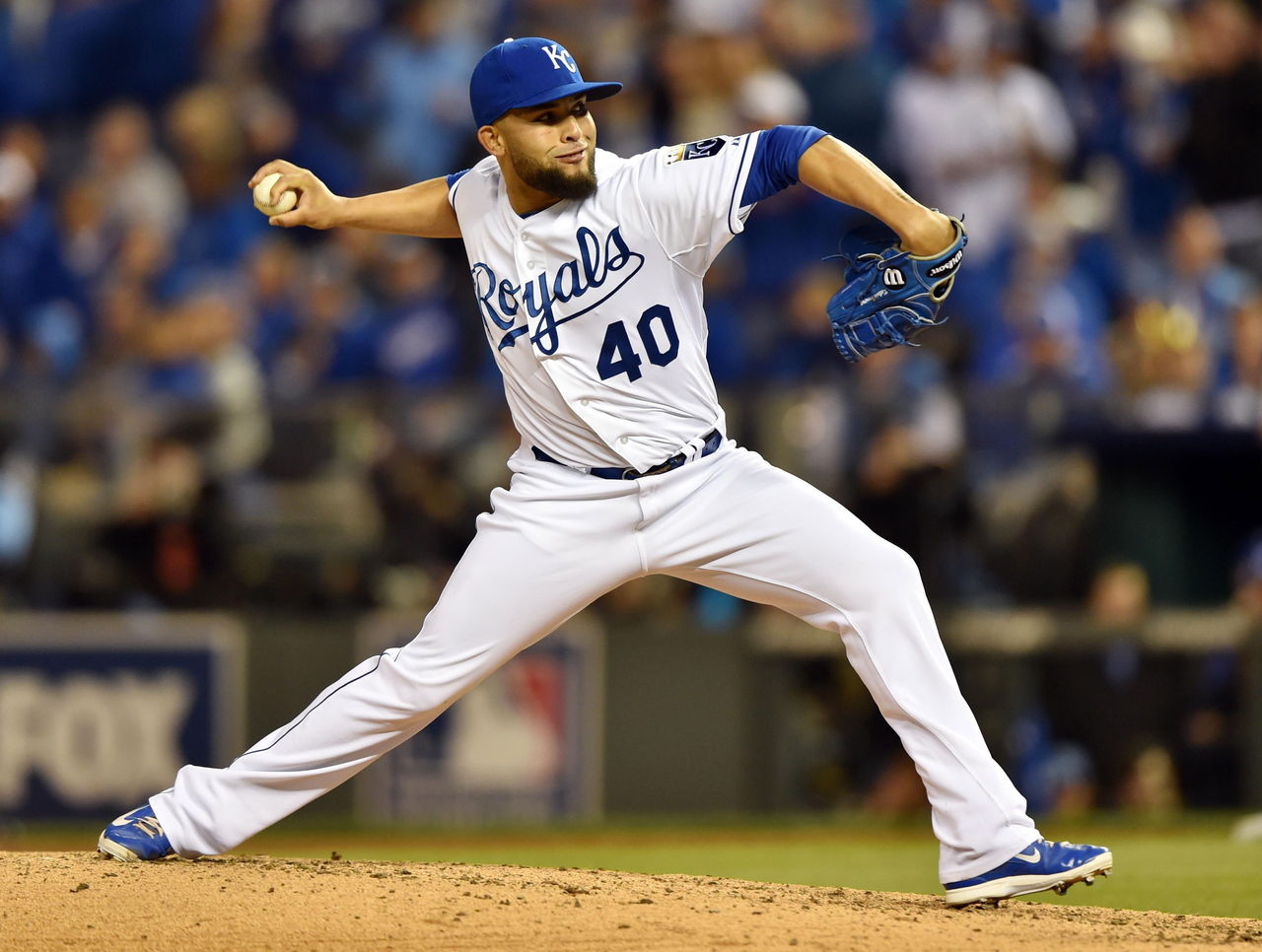Maximizing Reliever Value
When it comes to non-closer relief pitchers in fantasy baseball, the position is often an afterthought. This article will examine some simple strategies that fantasy managers can use to better utilize their virtual bullpen slots.
Ignore Last Season's Save Totals
The first problem most fantasy players encounter is talent evaluation. Specifically, many fantasy players still don't know how to evaluate closers. When determining future potential, the conversation starts (and often ends) with saves, the most dubious of statistical categories that has for better or worse ingrained itself in standard five-by-five league formats.
Being the only position that can produce saves, relief pitchers are often drafted based solely on the potential to fill that category. Emphasis is put on the result (saves) rather than the process (great pitching). Peripheral statistics like ERA, WHIP and strikeout rate are usually marginalized.
Save situations lay firmly outside of the control of the player. Unlike batters, who can generally expect to play every day, and starting pitchers, who take the mound roughly every fifth game, opportunities to see the field for relief pitchers is dependent largely on game-flow, with the real-life manager having the final say over usage.
A one-season sample size for a reliever hardly comes close to 100 innings pitched, and can often be 30 or fewer innings. That limited number of innings is too small to offer predictive merit.
So if not via saves, how should owners evaluate the value of a reliever?

Focus on Underlying Rate Stats
Several statistical indicators are more representative of skill than saves.
The best basic metric for determining the effectiveness of a reliever is WHIP (walks plus hits per innings pitched). Pitchers that find a way to keep batters off the basepaths are crucial for keeping ERA (earned run average) respectable.
Fantasy managers should look for for relief pitchers with recent season rates of lower than 1.00 WHIP. Stat-heads can go even deeper than WHIP and look at several figures that can help illuminate areas where a player's basic stats are aided or hurt by luck, including:
- Batting Average on Balls in Play (BABIP): League average is approximately .300; rates significantly above .300 often indicate that a pitcher has been unlucky.
- Home run to Flyball Rate (HR/FB): League average for HR/FB is approximately 10%, meaning one of every 10 flyballs hit against them leave the park; for example, a reliever that has a career HR/FB rate of 8% but had a 15% rate in 2015 is likely to bounce back to his career numbers.
- Fielding Independent Pitching Minus (FIP-): This figure adjusts earned run average to account for how a pitcher's performance has been affected by luck, defense and park factors; a reliever with an ERA of 3.50 and a FIP- of 2.50 was adversely affected by factors outside of his control.
These aren't hard and fast rules; there are reasons why a pitcher's statistical profile could change drastically from year-to-year without indicating an imminent return to form.
Even well-known closers can find that their jobs are suddenly in jeopardy, which leads us to the next point.

Identify Potential Closer Controversies
Bullpen roles are in a state of constant flux. Nearly two dozen pitchers finished in the top 10 in saves in one of the past three seasons. Thirty-seven pitchers saved 10 or more games in 2015; seven were traded mid-season.
With so much turnover among closers, it's difficult to project usage, even with some of the better-known veterans at the position.
Other than following the news - especially a manager's comments about the bullpen situation - there are two big indicators beyond basic stats that an incumbent closer might be find himself on the hot seat:
- Velocity: Most relievers rely heavily on power to confound opposing batters. Take note of an aging closer's velocity, especially on fastballs. A big year-to-year drop in velocity usually rears its ugly head at the plate; the less zip on a pitch, the easier it will be for savvy batters to put the ball in play.
- Walk Rate (BB/9): The best relievers minimize the number of free passes they allow per outing. When a player is called on to get three or fewer outs in a close ballgame, walks extending the inning hurt the team's run prevention. A steep jump in BB/9 typically indicates a lack of control, the last thing a team wants from its closer.
The effectiveness of a pitcher can be hidden by good luck, but ineffectiveness usually bubbles to the surface over time. Use both objective stats and manager quotes to keep track of closers that might be due for a demotion; you already know which kinds of pitchers should be in line for increased save opportunities from the previous section.

Don't Reach for Relievers on Draft Day
All these points lead to what should be an obvious conclusion: don't overpay for relievers on draft day.
Relievers are some of the most volatile producers in both real life and fantasy sports, owing to the violent arm mechanics that their job necessitates. In terms of stable, predictable fantasy output, a veteran batter or a 200-inning starter gets you more bang for your buck than a one-inning shut-down man.
Drafting relievers with a high pick - the first crop of elite closers are typically drafted starting in round six - is an unnecessary risk. Beyond statistical output, the greatest value a reliever taken in the final rounds can offer is allowing you to use a higher draft pick to address needs at other positions.
Often, the most valuable relievers can be found populating the waiver wire for the first month of the season. Be patient, be diligent, and be ready to make a key pick-up when a bullpen shuffle appears to be in the works.
HEADLINES
- Henry scores 4 TDs vs. Packers as Ravens stay alive, help Bears win NFC North
- By the numbers: Henry joins top 10 all-time rushing list after epic game
- Jazz end Spurs' 8-game win streak
- Bulls' White irked by Giannis' 'disrespectful' dunk in final seconds
- NFL Playoff Picture: Postseason seeds, projected draft order